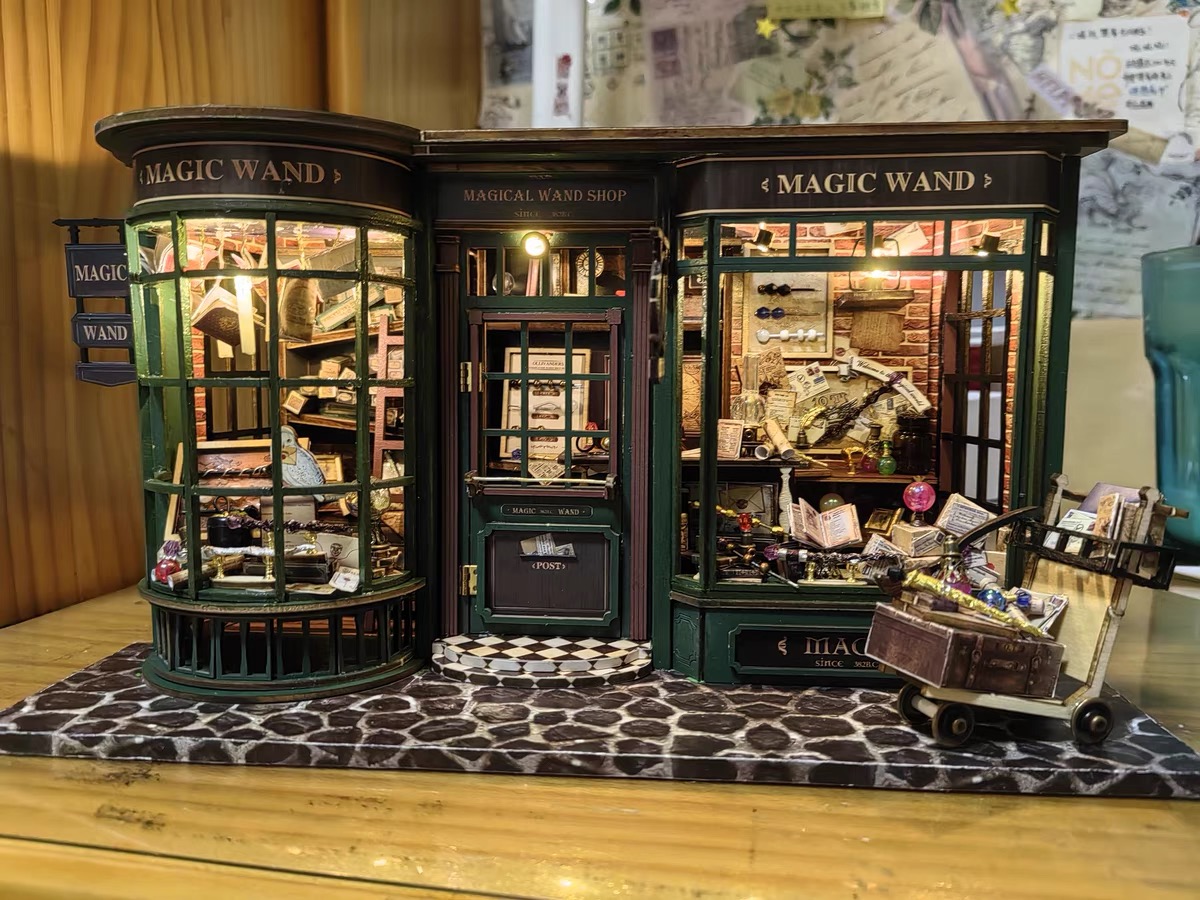
09 Aug How to import diy miniature house in China?
The world of DIY miniature houses has gained immense popularity as a creative and engaging hobby. These intricately crafted miniature houses allow enthusiasts to create charming little worlds right at their fingertips. If you're an avid DIY enthusiast or a hobbyist looking to import these miniature houses from China, this guide is here to help you navigate the process smoothly. From finding suppliers to understanding regulations, we'll cover all the essential steps to bring your favorite miniature houses to your doorstep.
Step 1: Research and Identify Suppliers
Before you start importing DIY miniature houses, it's crucial to research and identify reliable suppliers. Look for manufacturers or distributors that offer a wide range of miniature house kits, ensuring quality and variety. Online marketplaces, trade shows, and industry forums can be great platforms to connect with potential suppliers.
Step 2: Verify Supplier Credentials
Once you've shortlisted potential suppliers, it's essential to verify their credentials. Check for business licenses, certifications, and customer reviews to gauge their reputation and reliability. Direct communication with the supplier is key – ask questions about their products, manufacturing processes, and export experience to ensure a seamless partnership.
Step 3: Understand Import Regulations and Taxes
Importing goods to China involves adhering to specific regulations and taxes. Consult with customs authorities or a professional import agent to understand the required documentation, tariffs, and taxes applicable to your miniature house imports. Properly classifying the goods and filling out accurate customs declarations is crucial to avoid any delays or complications.
Step 4: Arrange Shipping and Logistics
Choosing the right shipping method is essential to ensure your DIY miniature houses reach you in good condition and on time. Your options include air freight, sea freight, or a combination of both. Consider factors like shipping costs, transit times, and the fragility of the goods when making your decision. Collaborate with freight forwarders or shipping agents to handle the logistics efficiently.
Step 5: Manage Customs Clearance
Customs clearance is a critical step in the import process. Prepare all required documentation, including invoices, packing lists, certificates of origin, and import permits. Work closely with your chosen customs broker to navigate the customs clearance process and ensure compliance with local regulations.
Step 6: Plan for Warehousing and Distribution
Upon successful customs clearance, you'll need to manage warehousing and distribution. If you're importing a significant quantity of miniature houses, consider partnering with a local warehouse or fulfillment center to store and distribute the products efficiently across your local market.
Step 7: Market and Sell Your Miniature Houses
With your DIY miniature houses safely imported, it's time to showcase and sell your products. Leverage online platforms, social media, and local marketplaces to reach your target audience. Engage with potential customers through captivating visuals, detailed product descriptions, and interactive content to generate interest and sales.
Importing DIY miniature houses from China can be a rewarding endeavor, allowing you to explore your passion for creativity while offering unique products to fellow enthusiasts. By diligently researching suppliers, understanding regulations, and effectively managing logistics, you can successfully import these charming miniature houses and embark on an exciting journey in the world of DIY crafting.

No Comments